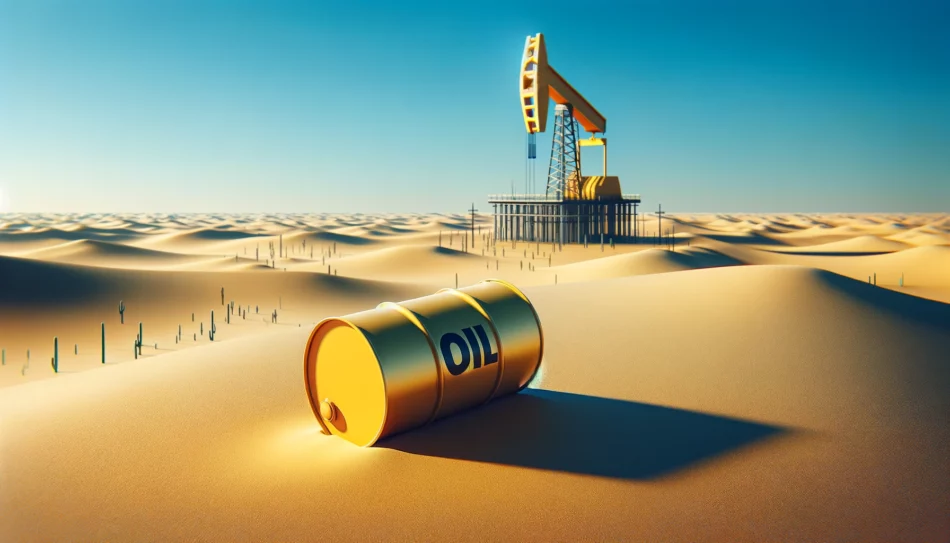The world’s reliance on fossil fuels has been a topic of intense scrutiny and debate, particularly as concerns over climate change and resource depletion intensify. Recent data from OPEC suggests that the global proven oil reserves were estimated to be around 1.263 trillion barrels as of April 2023.
This staggering figure highlights the continued abundance of oil resources, yet it also underscores the evolving challenges associated with accessing and utilizing these reserves without causing incalculable harm to our planet.
Understanding Global Oil Reserves
Oil reserves are categorized into two main types: proven (or confirmed) reserves and unproven reserves. Proven reserves are those quantities of petroleum that geological and engineering information indicates with reasonable certainty to be recoverable in future years under existing economic and operating conditions.
As of the latest update, the sheer volume of these reserves suggests that the planet may have significantly more than 50 years of oil deposits left, contradicting earlier estimates that hinted at a more imminent depletion.
The R/P Ratio and What It Tells Us
The R/P (reserves to production) ratio is a critical metric in understanding the lifespan of the world’s oil reserves. Based on current global production rates of about 100 million barrels per day, estimates from BP in 2014 suggested that the proven reserves could last around 50 years. This calculation, however, is not static. It evolves with changes in production rates, new discoveries, advancements in extraction technologies, and shifts in economic conditions.
- Global Production Rates: The rate at which oil is extracted and consumed globally.
- Technological Advancements: Improvements in extraction technologies can make previously inaccessible reserves viable.
- Economic Conditions: Fluctuations in oil prices can affect the economic viability of extracting certain reserves.
The Challenges Ahead: 50 years closer than you think
While the prospect of having more than 50 years of oil deposits may seem reassuring, it comes with a caveat. As we delve deeper into the earth’s crust and venture into more remote and environmentally sensitive areas, the difficulty and cost of oil extraction will inevitably increase. This escalation not only concerns the economic feasibility but also raises significant environmental and ethical questions.
Environmental Impact
The quest for oil has led to some of the most profound environmental challenges of our time. From the devastation of ecosystems to the exacerbation of climate change, the impact is far-reaching. The methods required to access the remaining reserves are likely to pose even greater risks, highlighting the urgent need for sustainable alternatives.
The Transition to Renewable Energy
The ongoing dialogue around oil reserves and their depletion timeline serves as a critical reminder of our unsustainable reliance on fossil fuels. The transition to renewable energy sources is not merely an option but a necessity. Investments in solar, wind, hydroelectric, and other renewable energies are crucial to mitigating the environmental impact of fossil fuel extraction and consumption.
Conclusion
The challenges of accessing these reserves and the environmental impact of doing so necessitate a collective shift towards more sustainable energy sources. As we move forward, the focus must be on balancing our energy needs with the imperative to protect and preserve our planet for future generations.
The journey towards a more sustainable future is fraught with challenges, but it is also filled with opportunities for innovation and transformation. The fate of our planet and the legacy we leave for future generations depend on the choices we make today.



